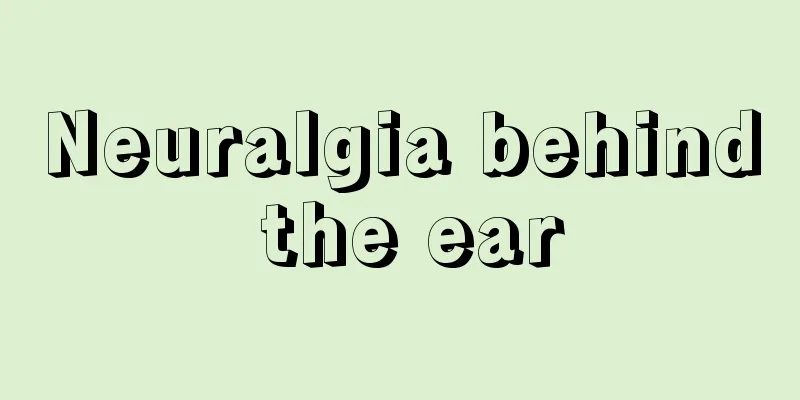Total laryngectomy for laryngeal cancer

|
Total laryngectomy is suitable for laryngeal cancer or larynx cancer that is not suitable for partial laryngectomy, primary subglottic cancer, recurrence after partial laryngectomy or radiotherapy, and hypopharyngeal cancer that cannot retain laryngeal function. If the cancer has invaded the laryngopharynx, piriform sinus and cervical esophagus and cannot be repaired with pectoralis major myocutaneous flap or cervical skin flap, free jejunum can be used to replace the defective area of the resected laryngopharynx and upper esophagus. The main steps of total laryngectomy: (1) Incisions: A vertical incision is made along the anterior midline of the neck, starting from below the hyoid bone and ending at the level of the second tracheal ring, or a T-shaped or transverse incision. (2) Expose the larynx and cut off the sternohyoid muscle, thyrohyoid muscle, omohyoid muscle and sternothyroid muscle below the “slash line”. Cut off and suture the isthmus of the thyroid gland. (3) Loosen the laryngeal body, cut off the inferior pharyngeal constrictor muscles, separate the perichondrium of the pyriform sinus, cut off the superior angle of the thyroid cartilage, and ligate the superior laryngeal vessels. (4) Excise the larynx from top to bottom. First, sever the trachea below the cricoid cartilage or at the 1st to 2nd tracheal rings. Make an incision posteriorly and obliquely upward, leaving a tongue-shaped mucosal flap at the rear. Separate the posterior wall of the larynx, flip the larynx upward, and enter the pharyngeal cavity above the arytenoid cartilage. Under clear vision, cut the mucosa of the pyriform sinuses on both sides along the epiglottic folds to the epiglottis, and cut off the upper end of the larynx on the hyoid bone. (5) Fix the trachea and close the pharyngeal cavity. Suture the upper end of the trachea to the suprasternal fossa and the skin of the neck. Suture the pharyngeal mucosa inward. Use submucosal tissue, subpharyngeal constrictor muscles and fascia to reinforce the suture. Suture the anterior neck muscles, subcutaneous tissue and skin layer by layer. |
<<: Surgical treatment of laryngeal cancer
>>: Indications for tracheostomy in laryngeal cancer
Recommend
Steps and effects of drinking Cistanche soaked in water
Cistanche is a traditional Chinese medicine with ...
Does glucose make you fat?
Glucose will not have a weight-gaining effect aft...
What causes headaches in old people? Be careful of migraine
In today's society, many women often suffer f...
Is temporal bone fracture serious?
Temporal bone fracture is actually not that serio...
What are the methods for adjusting the fire of a liquefied gas stove? How to use liquefied gas stove safely?
The liquefied gas stove is a stove that is widely...
What is the reason for bloating and frequent farting
Stomach bloating is a feeling that many people ha...
Try to find ways to prevent gallbladder cancer in your life
In recent years, with the gradual increase in the...
What is 400 degrees of myopia?
Myopia is an eye problem that everyone knows. It ...
Does anyone have any method to reduce breast size
We know that a well-proportioned chest is actuall...
Liver cancer patients will benefit from eating these foods. The 4 major symptoms of liver cancer
As the number of patients with liver diseases inc...
Several common causes of laryngeal cancer
There are many diseases in the throat area, and l...
Can blowing check stomach problems?
After suffering from stomach problems, many peopl...
What's going on when there's yellow and sticky stuff in the nose?
It is usually caused by rhinitis. Thick nasal dis...
Is prostate cancer hereditary?
Prostate cancer may have a certain genetic tenden...
Dietary conditioning methods for brain cancer radiotherapy
Brain cancer patients, like other tumor patients,...









